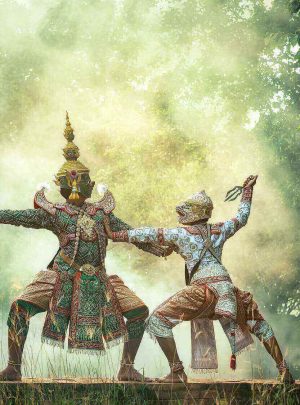Trip Types
Trip Types

Budget travel
Budget travel
Travel is the movement of people between relatively distant geographical locations, and can involve travel by foot, bicycle, automobile, train, boat, bus, airplane, or other means, with or without luggage, and can be one way or round trip. Travel can also include relatively short stays between successive movements.
The origin of the word “travel” is most likely lost to history. The term “travel” may originate from the Old French word travail, which means ‘work’.[3] According to the Merriam Webster dictionary, the first known use of the word travel was in the 14th century.

Child-friendly
Child-friendly
The modern attitude to children emerged by the late 19th century; the Victorian middle and upper classes emphasized the role of the family and the sanctity of the child, – an attitude that has remained dominant in Western societies ever since. The genre of children’s literature took off, with a proliferation of humorous, child-oriented books attuned to the child’s imagination. Lewis Carroll’s fantasy Alice’s Adventures in Wonderland, published in 1865 in England, was a landmark in the genre; regarded as the first “English masterpiece written for children”, its publication opened the “First Golden Age” of children’s literature.
The latter half of the 19th century saw the introduction of compulsory state schooling of children across Europe, which decisively removed children from the workplace into schools. The market economy of the 19th century enabled the concept of childhood as a time of fun of happiness. Factory-made dolls and doll houses delighted the girls and organized sports and activities were played by the boys. The Boy Scouts was founded by Sir Robert Baden-Powell in 1908,which provided young boys with outdoor activities aiming at developing character, citizenship, and personal fitness qualities.

Cultural
Cultural
Culture is the social behavior and norms found in human societies. Culture is considered a central concept in anthropology, encompassing the range of phenomena that are transmitted through social learning in human societies.
Some aspects of human behavior, social practices such as culture, expressive forms such as art, music, dance, ritual, and religion, and technologies such as tool usage, cooking, shelter, and clothing are said to be cultural universals, found in all human societies. The concept of material culture covers the physical expressions of culture, such as technology, architecture and art, whereas the immaterial aspects of culture such as principles of social organization (including practices of political organization and social institutions), mythology, philosophy, literature (both written and oral), and science comprise the intangible cultural heritage of a society.

Day Trips
Day Trips
You already know that Kenya is a wildlife paradise. But did you know that Nairobi teems with wildlife as well? Just minutes from the busy streets of the capital you can see baby elephants playing in a special orphanage… feed giraffes in an urban sanctuary… or gaze upon free roaming lions, leopards, cheetahs, rhinos, buffalos and hippos.
Imagine leaving your Nairobi hotel and in minutes you’re at the edge of the city, deep in a dramatic savannah, on your own private safari at Nairobi National Park. You’ll be on the lookout for buffalo, zebra, giraffe, ostrich, hyena and of course the big cats.
From there you’ll head to the David Sheldrick elephant sanctuary to delight in the most adorable creatures feeding from giant baby bottles!
Then, it’s your choice of lunch at the Karen Blixen Coffee Garden or world-famous Carnivore Restaurant. A visit to the Karen Blixen Museum follows, made famous in the movie, “Out of Africa”.
The afternoon promises more excitement as we drop in on the Giraffe Center, home of endangered Rothschild’s Giraffes. On these stately grounds you can get up close and even feed these imposing creatures.
You’ll wrap up your private tour at the dazzling Kazuri Bead Center where female artisans create bright, hand-made ceramic jewelry. The jewelry sales help these women improve their lives.

Nature Walk
Nature Walk
An educational trail (or sometimes educational path), nature trail or nature walk is a specially developed hiking trail or footpath that runs through the countryside, along which there are marked stations or stops next to points of natural, technological or cultural interest. These may convey information about, for example, flora and fauna, soil science, geology, mining, ecology or cultural history. Longer trails, that link more widely spaced natural phenomena or structures together, may be referred to as themed trails or paths.
In order to give a clearer explanation of the objects located at each station, display boards or other exhibits are usually erected, in keeping with the purpose of the trail. These may include: information boards, photographs and pictures, maps or plans, display cases and models, slides, sound or multimedia devices, facilities to enable experimentation and so on. The routes are regularly maintained.
Educational trails with a strong thematic content may also be called “theme paths”, “theme trails” or “theme routes”, or may be specially named after their subject matter, for example the Welsh Mountain Zoo Trail, Anglezarke Woodland Trail, Cheshire Lines Railway Path, Great Harwood Nature Trail, Irwell Sculpture Trail, Salthill Quarry Geology Trail and Wildlife Conservation Trail.
